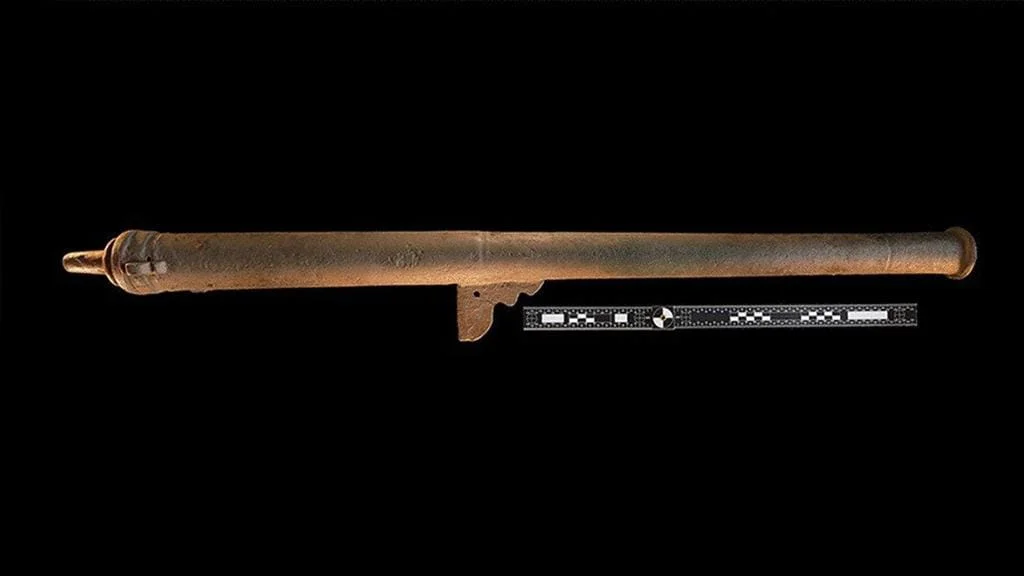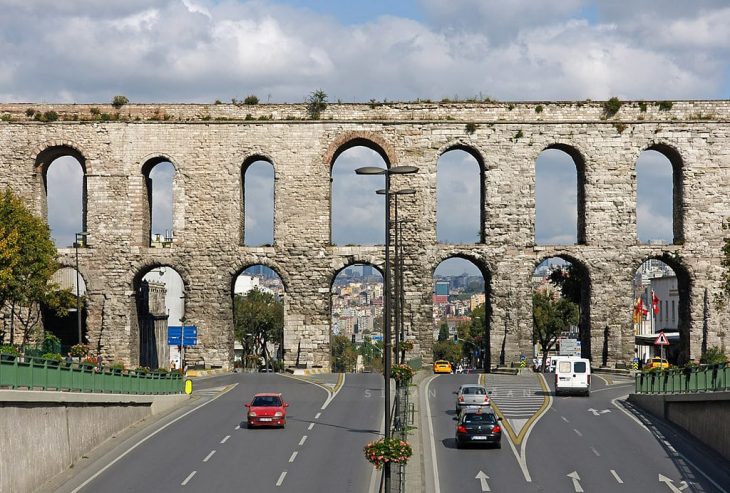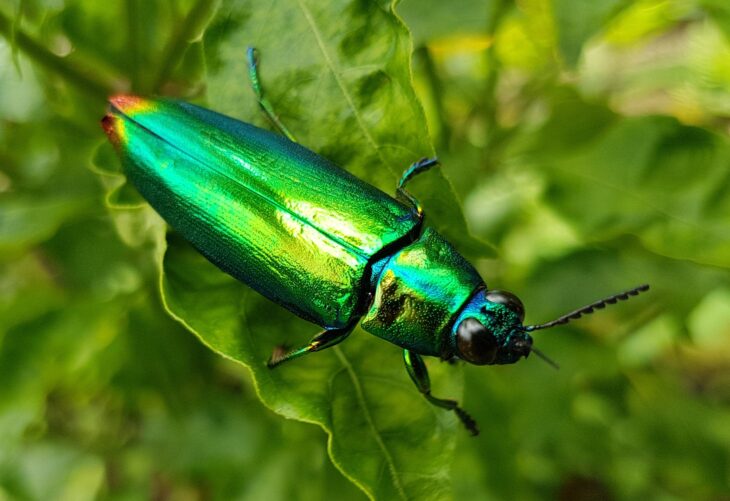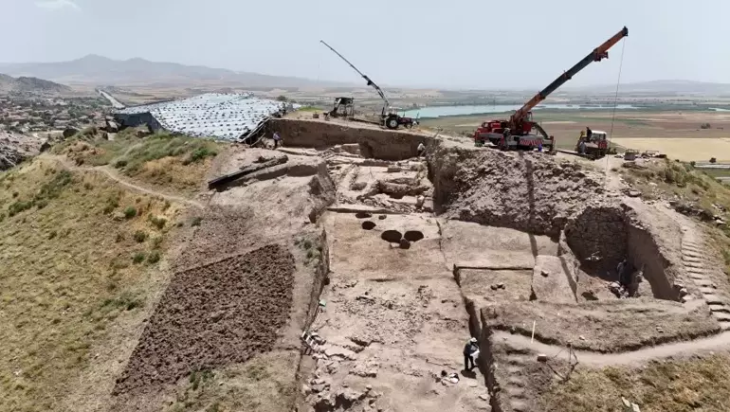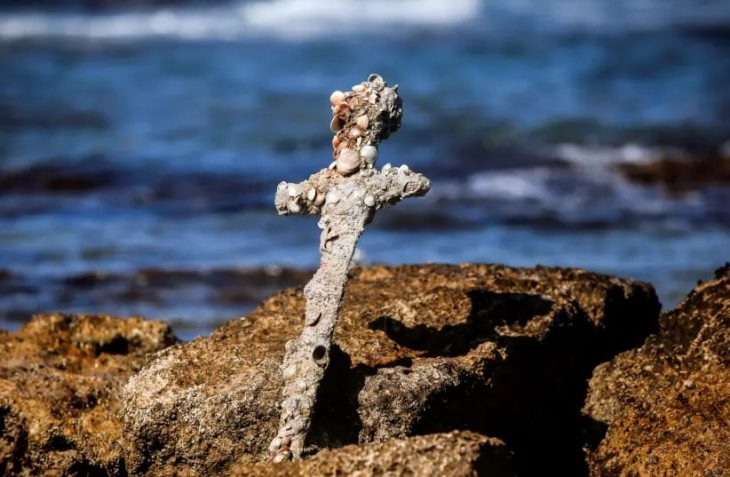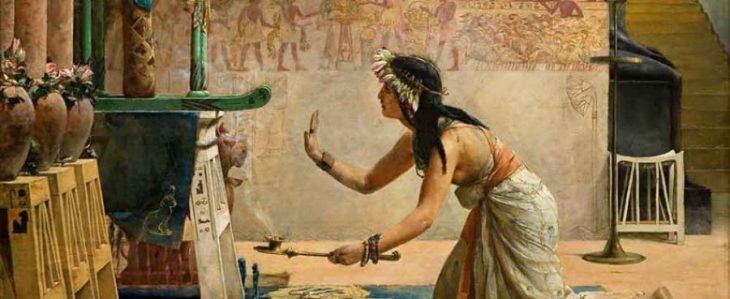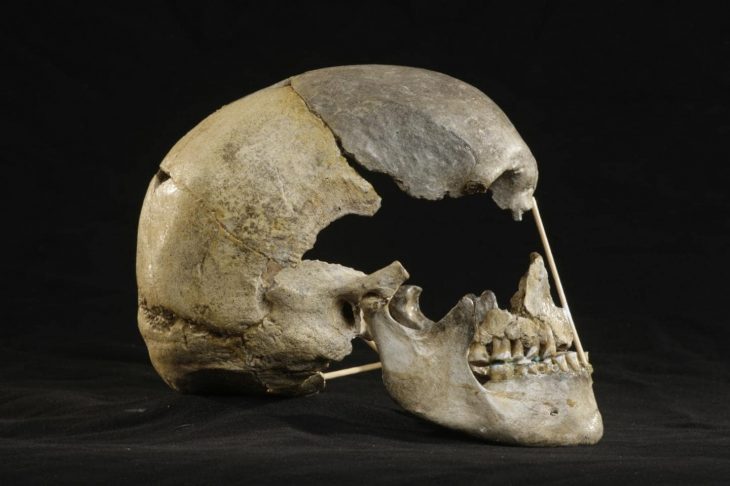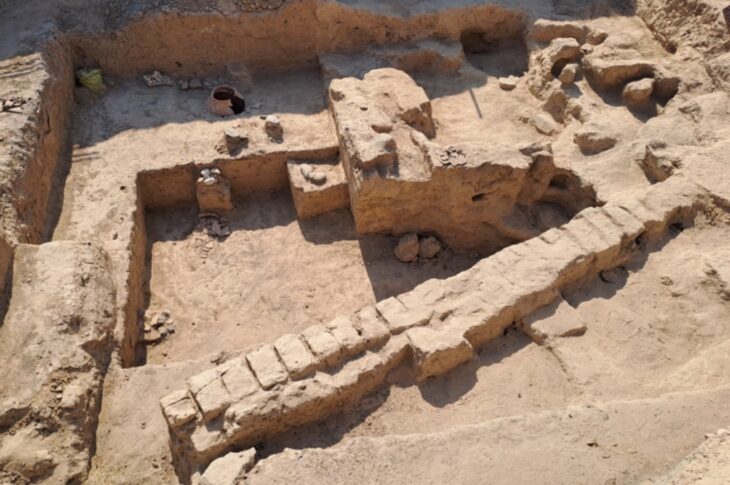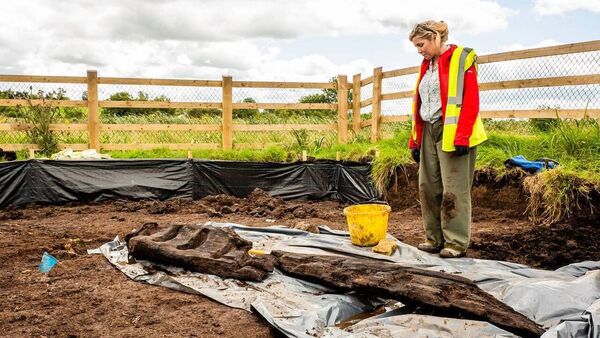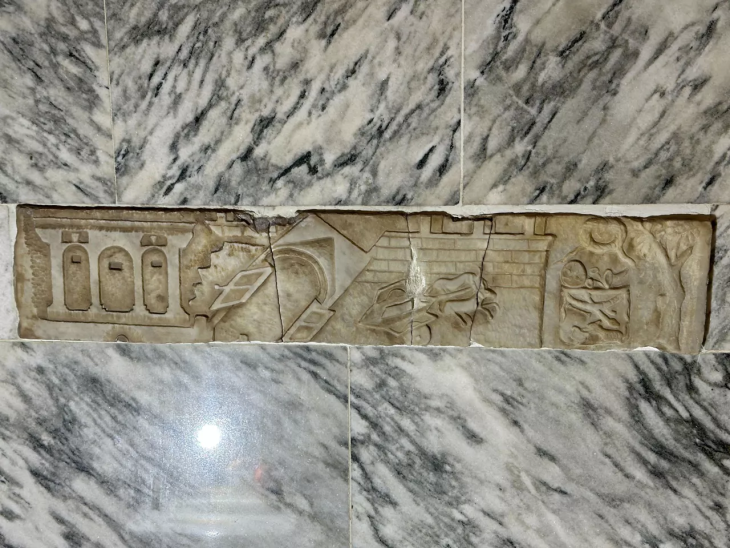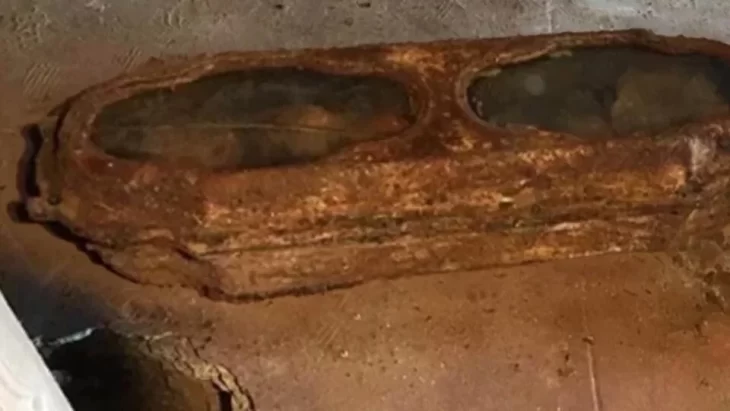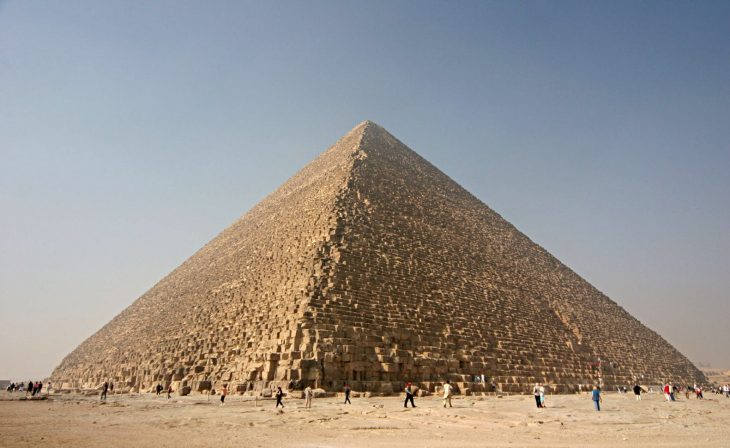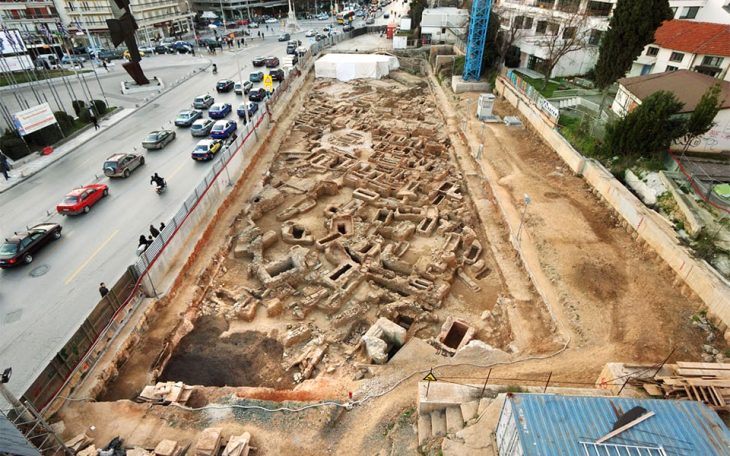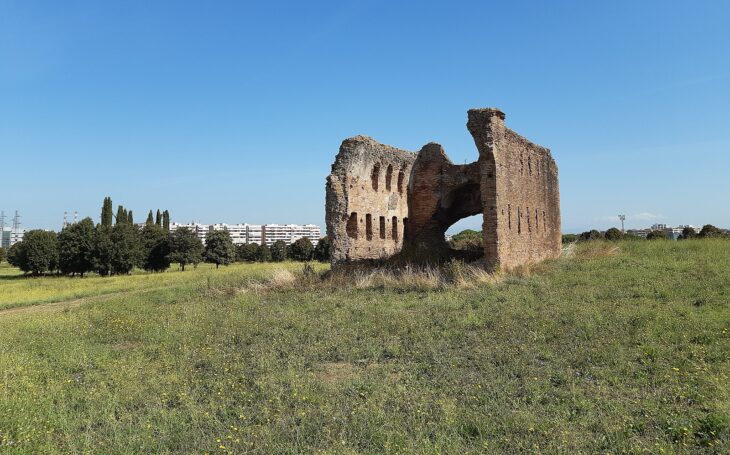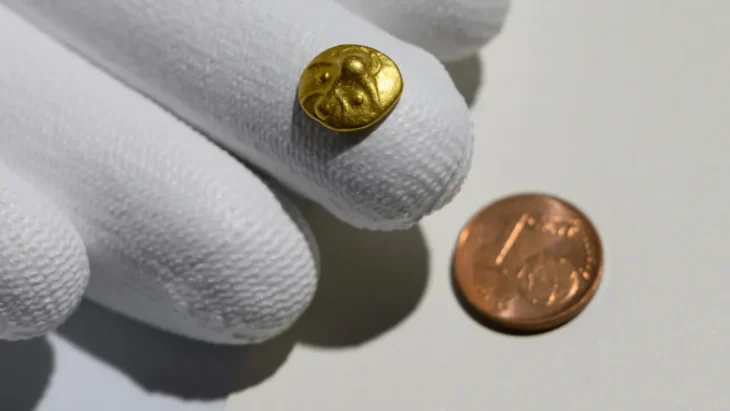Independent researchers in Arizona have unearthed a bronze cannon linked to the 16th-century expedition of Francisco Vázquez de Coronado, and it is marked to be the oldest known firearm found in the continental United States.
The 42-inch-long, roughly 40-pound sand-cast bronze cannon was discovered at the location of a Spanish stone-and-adobe structure in the Santa Cruz Valley that is thought to have been a part of the short-lived settlement San Geronimo III.
To finance an expedition to North America in 1539, Vázquez de Coronado took out large loans and mortgaged his wife’s possessions. The Spanish conquistador and his 350 soldiers intended to locate the legendary (and nonexistent) Seven Cities of Gold north of Mexico. By 1541, they had reached southern Arizona, where they established a settlement they called San Geronimo III, or Suya. San Geronimo was the first European town in the American Southwest.
Rather than accumulating immense wealth, Coronado and his men plied, and spent the next three years plundering, enslaving, and murdering their way across the region. These transgressions did not go unanswered. In the predawn hours of one fateful morning in 1541, the native Sobaipuri launched a surprise attack on the town. Many settlers were killed in their beds, and the survivors fled in disarray. The cannon — meant to intimidate and protect — was never even loaded.
Although Coronado was bankrupt and facing war crime charges when his expedition came to an end in Mexico City, his impact on North America would last for many generations.
📣 Our WhatsApp channel is now LIVE! Stay up-to-date with the latest news and updates, just click here to follow us on WhatsApp and never miss a thing!!
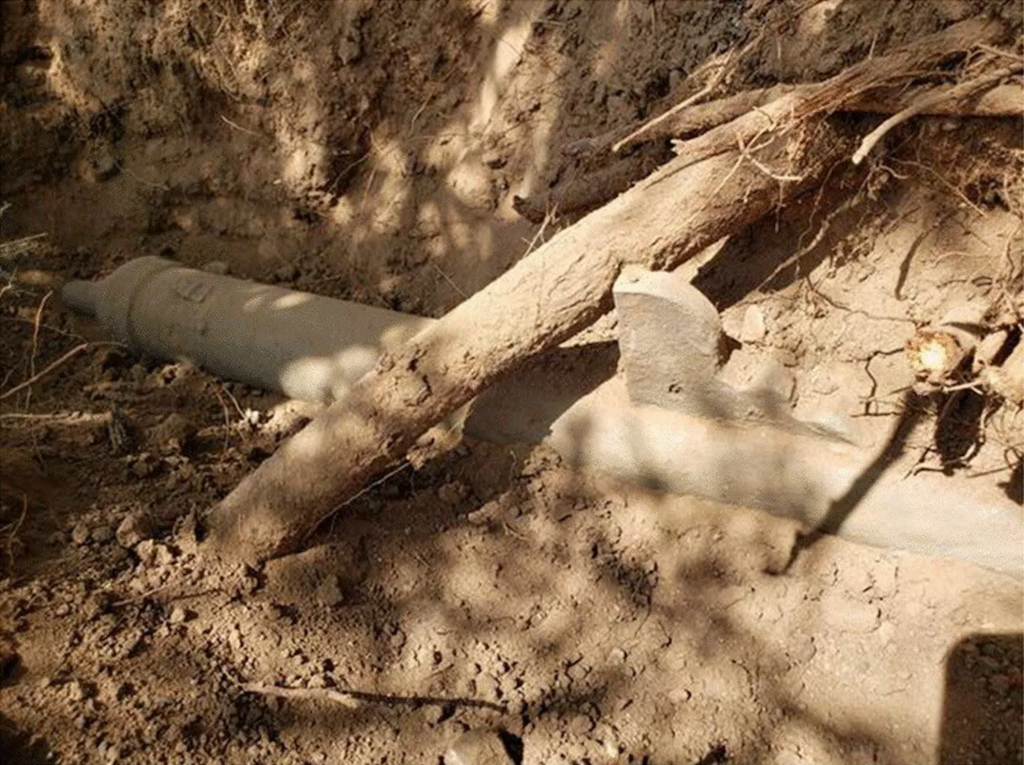
One site in particular has produced a large number of artifacts associated with the explorers, according to the authors of a study published on November 21st in the International Journal of Historical Archeology. Researchers found European pottery, weapon parts, including a 42-inch-long bronze cannon, and glass and olive jar fragments in the ruins of a stone and adobe building in Arizona’s Santa Cruz Valley.
“Not only is it the first gun ever recovered from the Coronado expedition, but consultation with experts throughout the continent and in Europe reveal that it is also the oldest firearm ever found inside the continental USA,” Archaeologist Deni Seymour explained.
The early firearm also called a wall gun, was typically used as a defensive weapon positioned on a wooden tripod on fortification walls and required two operators. However, in Coronado’s case, such a cannon would have been used offensively, typically to pierce the weaker walls of buildings in Indigenous communities.
Archaeologists were able to date the cannon to Coronado’s time using radiocarbon dating and optically stimulated luminescence techniques, and the other artifacts matched descriptions of the supplies and possessions of his expedition. However, the wall gun’s simple casting suggests that, in contrast to more elaborate Spanish cannons, it might have been built in Mexico or the Caribbean—and possibly even acquired from Ponce de León’s previous expedition.
Seymour, D., Mapoles, W.P. Coronado’s Cannon: A 1539-42 Coronado Expedition Cannon Discovered in Arizona. Int J Histor Archaeol (2024). https://doi.org/10.1007/s10761-024-00761-7
Cover Image Credit: A bronze medieval-style wall or rampart gun, believed to have been part of the Francisco Vázquez de Coronado expedition found in southern Arizona. Credit: Deni J. Seymour

